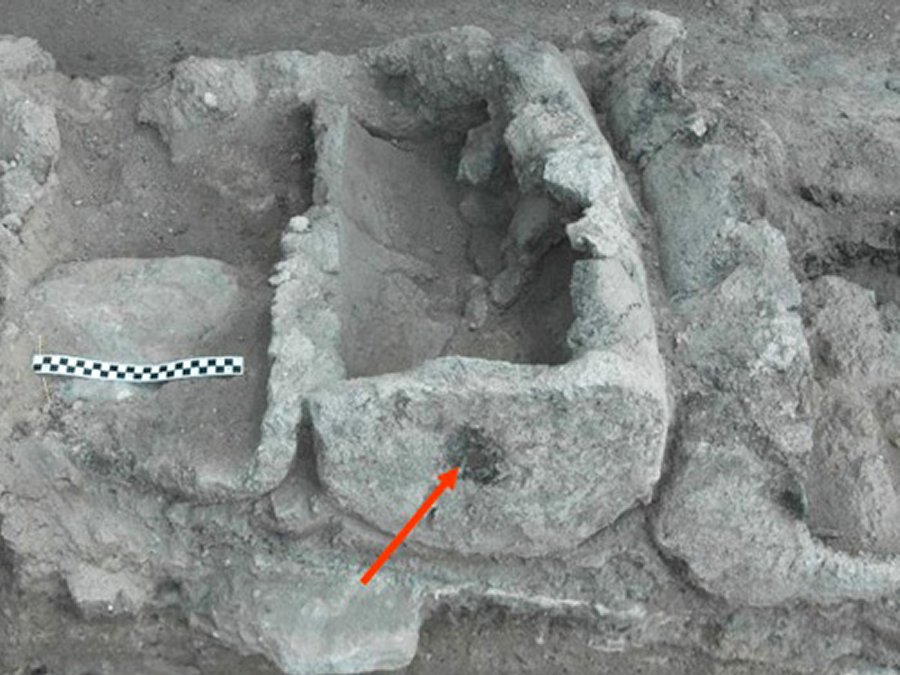MessageToEagle.com – Humans have been using bees for their beehive products for as long as 8,500 years, according to new research from the University of Bristol.
Previous evidence from prehistoric rock art is inferred to show honey hunters and Pharaonic Egyptian murals show early scenes of beekeeping. However, the close association between early farmers and the honeybee remained uncertain.

There is evidence for the presence of beeswax in the pottery vessels of the first farmers of Europe by investigating chemical components trapped in the clay fabric of more than 6,000 potsherds from over 150 Old World archaeological sites.
The distinctive chemical ‘fingerprint’ of beeswax was detected at multiple Neolithic sites across Europe indicating just how widespread the association between humans and honeybees was in prehistoric times.

For example, beeswax was detected in cooking pots from an archaeological site in Turkey, dating to the seventh millennium BC – the oldest evidence yet for the use of bee products by Neolithic farmers.
“The most obvious reason for exploiting the honeybee would be for honey, as this would have been a rare sweetener for prehistoric people. However, beeswax could have been used in its own right for various technological, ritual, cosmetic and medicinal purposes, for example, to waterproof porous ceramic vessels,” Dr Mélanie Roffet-Salque, lead author of the paper, said.
The lack of evidence for beeswax use at Neolithic sites above the 57th parallel North as in Scotland and Fennoscandia points to an ecological limit to the natural occurrence of honeybees at that time.
“The lack of a fossil record of the honeybee means it’s ecologically invisible for most of the past 10,000 years. Although evidence from ancient Egyptian murals and prehistoric rock art suggests mankind’s association with the honeybee dates back over thousands of years, when and where this association emerged has been unknown – until now,” Professor Evershed said.
“Our study is the first to provide unequivocal evidence, based solely on a chemical ‘fingerprint’, for the palaeoecological distribution of an economically and culturally important animal. It shows widespread exploitation of the honeybee by early farmers and pushes back the chronology of human-honeybee association to substantially earlier dates.”
MessageToEagle.com
source: University of Bristol






